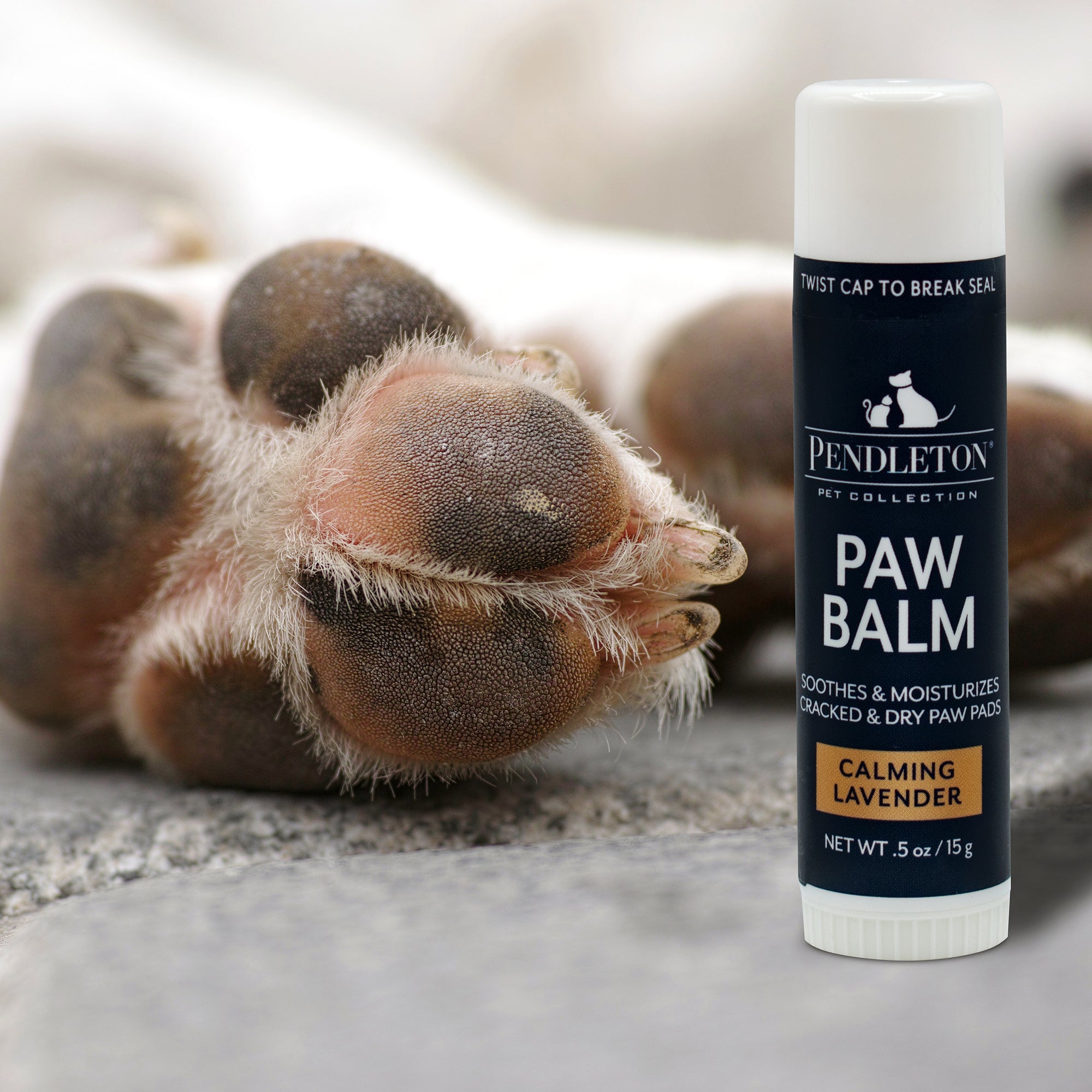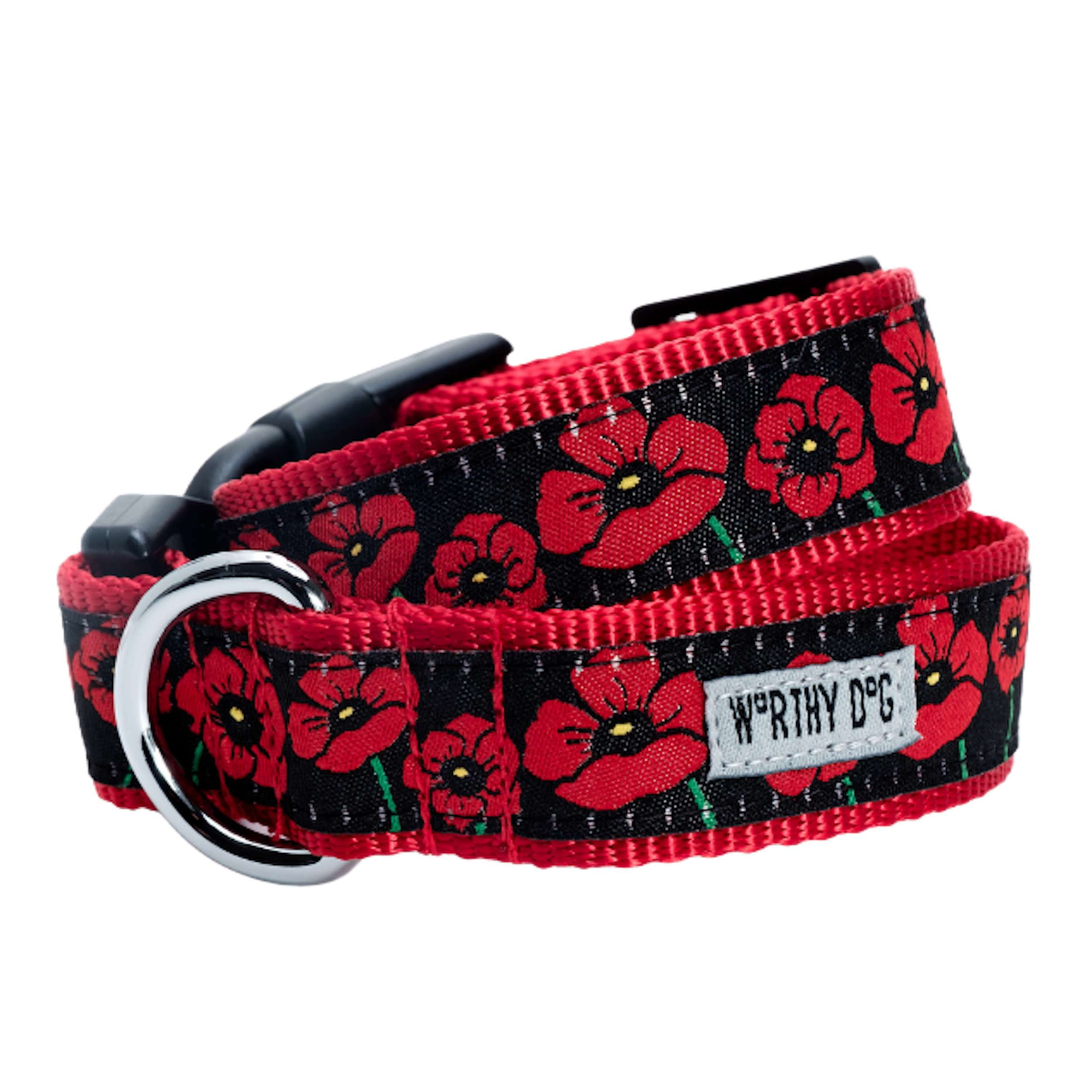Understanding Cruciate Ligament Tears in Dogs: What to Expect in Healing After Surgery
Cruciate ligament tears are one of the most common orthopedic injuries in dogs, significantly affecting the knee joint (stifle). This condition often requires surgical intervention to repair the damage and restore normal function. This blog post will delve into the nature of cruciate ligament tears, the surgical options available, and what to expect during the healing process after surgery.
What is a Cruciate Ligament Tear?
The cruciate ligaments in a dog's knee are essential for stabilizing the joint. The most commonly injured ligament is the cranial cruciate ligament (CCL), equivalent to the anterior cruciate ligament (ACL) in humans. When this ligament tears, either partially or completely, it results in:
- Pain and Lameness: Your dog may limp or refuse to bear weight on the affected leg.
- Swelling: The knee joint may appear swollen.
- Instability: The knee may feel unstable, leading to difficulty walking or standing.
Causes and Risk Factors
Several factors can contribute to cruciate ligament tears in dogs, including:
- Breed Predisposition: Certain breeds, such as Labrador Retrievers, Rottweilers, and Boxers, are more prone to CCL injuries.
- Age and Weight: Older, overweight dogs are at higher risk.
- Activity Level: High-energy dogs engaged in strenuous activities may be more susceptible to injuries.
Surgical Options
When a cruciate ligament tear is diagnosed, surgery is often recommended to restore joint stability and function. The most common surgical procedures include:
- Tibial Plateau Leveling Osteotomy (TPLO): This procedure involves altering the angle of the tibial plateau to stabilize the knee without relying on the CCL.
- Tibial Tuberosity Advancement (TTA): Similar to TPLO, TTA changes the dynamics of the knee joint to prevent instability.
- Extracapsular Repair (Lateral Suture Technique): This technique uses sutures to stabilize the knee, typically suitable for smaller dogs or partial tears.
Post-Surgery Healing and Recovery
Recovery from cruciate ligament surgery involves several stages, each requiring careful attention and adherence to your veterinarian's guidelines.
1. Immediate Post-Surgery Care
- Pain Management: Your vet will prescribe pain medications to ensure your dog is comfortable. Administer these as directed.
- Restricted Activity: Limit your dog's movement to avoid stress on the surgical site. Crate rest or confinement to a small area is often recommended.
- Incision Care: Keep the surgical site clean and monitor for signs of infection, such as redness, swelling, or discharge.
2. Initial Healing Phase (Weeks 1-4)
- Controlled Exercise: Short, controlled leash walks are typically introduced. Follow your vet's instructions regarding the duration and frequency.
- Physical Therapy: Some dogs benefit from professional physical therapy or rehabilitation exercises to enhance recovery.
3. Intermediate Healing Phase (Weeks 4-8)
- Increased Activity: Gradually increase the length and intensity of walks as your dog shows signs of improvement.
- Hydrotherapy: Water therapy can be beneficial, providing low-impact exercise that promotes muscle strength and joint mobility.
4. Long-Term Recovery (Months 2-6)
- Full Activity Resumption: By around six months post-surgery, most dogs can return to their regular activity levels. However, avoid high-impact activities until your vet gives the all-clear.
- Weight Management: Maintaining a healthy weight is crucial to prevent additional strain on the joints.
Potential Complications
While many dogs recover well from cruciate ligament surgery, be aware of potential complications:
- Infection: Keep the surgical site clean and follow your vet's guidelines for wound care.
- Implant Issues: In rare cases, implants used in procedures like TPLO or TTA may require removal.
- Meniscal Injury: Damage to the meniscus (cartilage in the knee) can occur and may need additional treatment.
Supporting Your Dog Through Recovery
Your role in your dog's recovery is vital. Here are some tips to support your dog during this period:
- Follow Vet's Orders: Adhere strictly to the post-surgery care instructions provided by your vet.
- Monitor Progress: Keep track of your dog's recovery, noting any changes or concerns, and communicate these with your vet.
- Provide a Comfortable Environment: Ensure your dog has a quiet, comfortable space to rest and recover.
Cruciate ligament tears in dogs are a serious condition that requires prompt and effective treatment. With the right surgical intervention and diligent post-surgery care, most dogs can make a full recovery and return to their normal activities. Understanding the healing process and being prepared for each stage of recovery will help you provide the best care for your furry friend.























Leave a comment